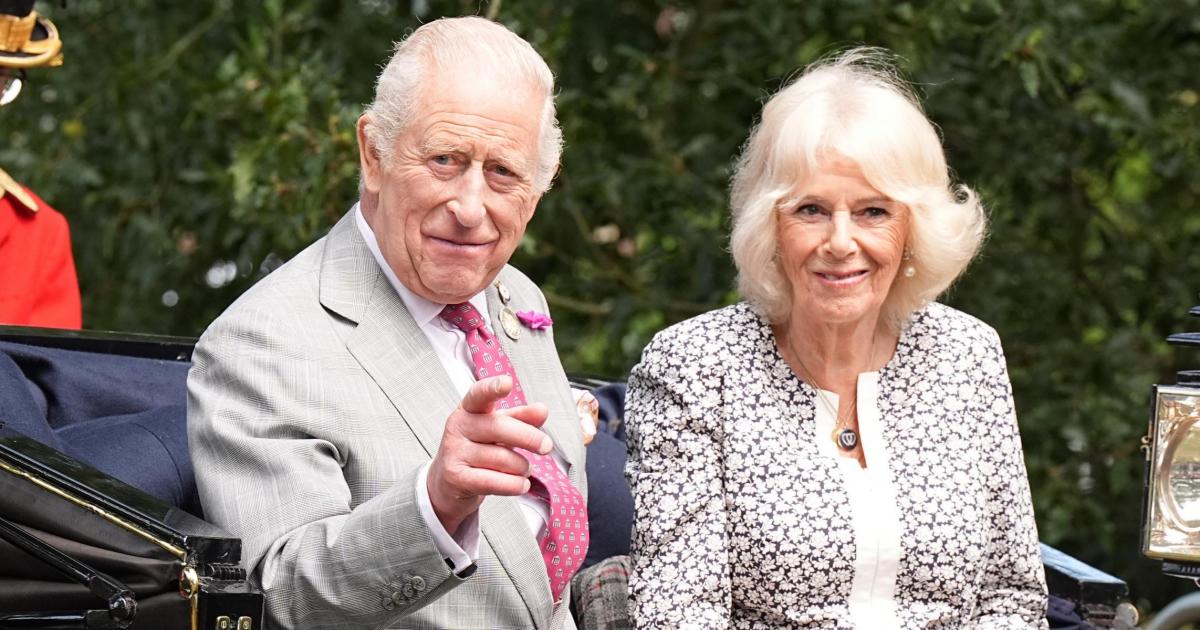Now it has emerged their majesties are also appreciating free electricity generated by a solar farm tucked away on their Norfolk estate.
Work began on the array of 2,000 panels near the Royal Sawmill close to Sandringham House last October, after the monarch was given planning permission for the project.
It has now been reported that the set-up is complete and is already supplying enough energy to power the main house, along with nearby businesses including the Visitor Centre and sawmill.
A planning statement said the panels formed part of the estate’s “ongoing commitment to sustainability and promoting environmental practices”.
The solar farm provides enough electricity to power Sandringham House (Image: Ian Burt) “The solar system has been specified to deliver approximately 1.9MW per annum and is designed to meet the majority of the estate’s electricity demand, with a modest amount of spare capacity exported to the grid,” it added.
“Considered as part of the wider estate-managed landscape, a modest solar array such as that proposed should be viewed as no more incongruous than the existing, intensively grazed paddock, and a necessary part of managing a sustainable, living, working landscape.”
The site was previously a grass paddock, used for grazing horses at the nearby Royal Stud and is “well-screened” by trees and the surrounding landscape.
The panels are expected to have a lifespan of 40 years, after which the field will be returned to pasture again.
The site of the solar farm at Sandringahm (Image: Google) A smaller solar array was added to the roof of Sandringham House in 2022.
King Charles has been moving Sandringham towards more environmentally-friendly management since taking over the running of the 21,000-acre estate from his father, the late Prince Philip, in 2017.
He has turned its farms organic, planted trees and hedgerows and overseen a programme of “ecological delivery” which includes installing bird boxes and wide field margins to encourage insects.
